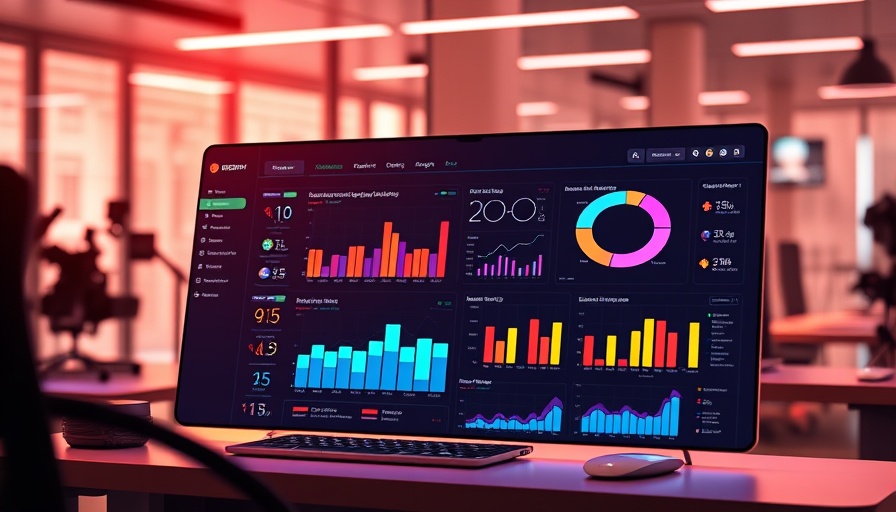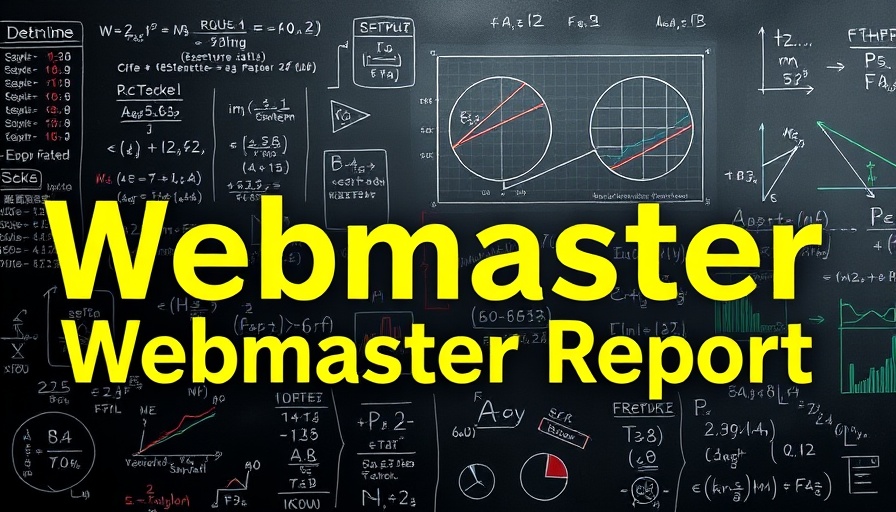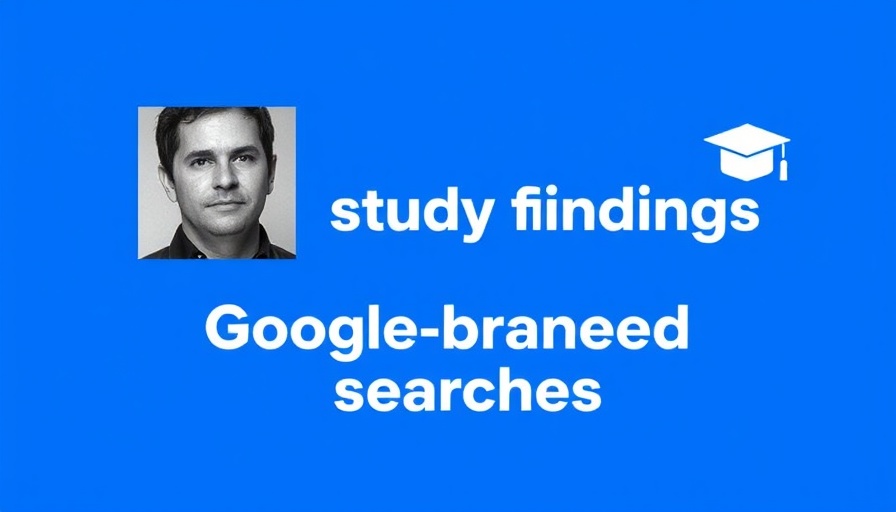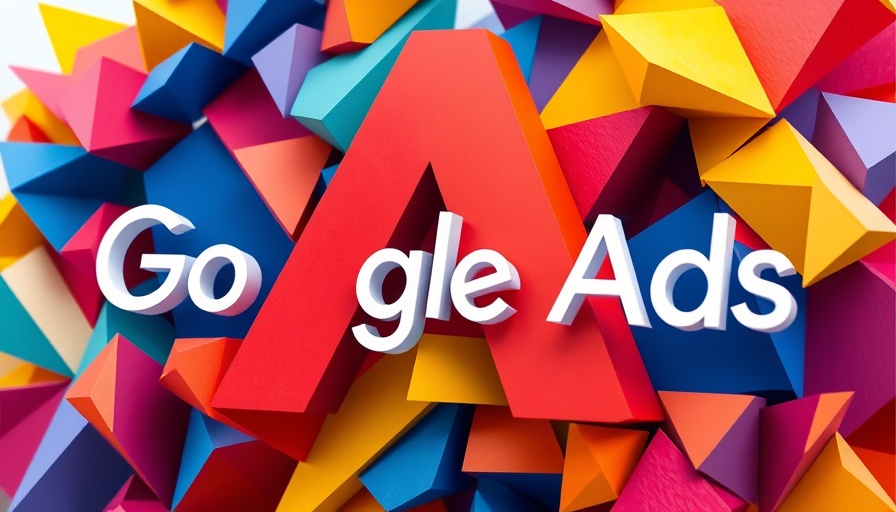AI SEO NEWS
Navigating Rising Google Search Ranking Volatility: Insights for Business Success
13
Google Search Ranking Volatility: Insights for Small Business Owners
On June 4, 2025, the SEO community is buzzing with activity as signs of significant Google search ranking volatility emerge. Often a cause for concern among small business owners, these fluctuations can have several impacts on online visibility and consumer engagement. The latest data from various SEO tracking tools suggests an early-week update, with notable changes occurring on Wednesdays instead of the traditional Friday.
Connecting the Dots: Recent Updates
The nature of Google’s ranking updates often creates uncertainty. Since the March 2025 core update, many have speculated about the lack of subsequent official updates, especially given the erratic volatility witnessed. Observers noted disturbances on dates like May 1, 8, and 16. Such events highlight that maintaining awareness of these updates is crucial, as they can significantly influence search results that potential customers see.
What Tracking Tools Are Telling Us
Recent reports from numerous SEO tracking tools, including Semrush, Mozcast, and Sistrix, indicate substantial movements within the past 24 hours. Each tool paints a different picture, but collectively they underscore a pattern of unrest in search rankings. For instance, while one tool may show mild stability, others—like Cognitive SEO—highlight major fluctuations. This divergence signals a broad spectrum of businesses experiencing varied impacts, with small business owners needing to interpret these insights into actionable marketing strategies.
The Human Side of SEO Fluctuations
The chatter amongst SEO professionals on platforms like WebmasterWorld reveals the emotional rollercoaster that accompanies these updates. For small business owners, this may lead to anxiety regarding organic traffic. Discussions highlight alarming trends: dropping visits, increased competition from AI-driven services, and, most troubling, a noticeable decline in organic growth, with some businesses reporting losses of up to one-third from previous peaks. It shows how crucial it is to stay agile and proactive in the face of continuous change.
AI's Role in Navigating Volatility
With the urgency for adaptation escalating, leveraging AI tools could become indispensable. As small business owners, utilizing AI-driven SEO tools can streamline performance tracking and provide deeper insights into consumer behavior. These innovative tools analyze vast data sets, helping businesses adjust their strategies in response to market movements. Furthermore, integrating AI into digital marketing plans can improve efficiency, targeting, and customer engagement, alleviating concerns related to fluctuations in organic traffic.
Looking Ahead: Future Trends and Predictions
As Google continues to evolve its algorithms, the trends observed today may give us a glimpse into the future. Adaptability will be the name of the game, requiring marketers to not only stay informed but also prepare for potential shifts. Predictions suggest that those who regularly monitor their SEO health and adjust strategies based on real-time data can weather these fluctuations far better than those who do not.
Actionable Insights for Small Business Success
Here are key strategies to bolster your online presence amidst volatility:
Upgrade Your SEO Tools: Make use of AI-powered SEO tools to track changes in real-time and make data-backed adjustments to your strategies.
Analyze Consumer Behavior: Utilize AI to gather insights on how changes in search rankings affect consumer interactions with your website.
Diverse Traffic Streams: Consider investing in different marketing channels, such as social media and email campaigns, to reduce dependence on search traffic.
By deploying these strategies, small business owners can not only rise to the occasion but also set themselves apart from competitors navigating the same waters.
In conclusion, the ongoing volatility in Google search rankings presents both challenges and opportunities. The broader conversation around SEO dynamic is more relevant than ever. Stay informed, adapt, and leverage tools to pivot quickly—these could be the keys to succeeding in an unpredictable landscape.
For marketers and small business owners eager to thrive, embracing change is essential. Start by examining your current SEO strategies and harnessing the potential of AI to boost efficiency. Remember, your adaptability is your greatest asset in an ever-evolving digital marketplace.

 Add Row
Add Row
 Add
Add

 Add Row
Add Row
 Add Element
Add Element

























 Add Row
Add Row
 Add
Add

